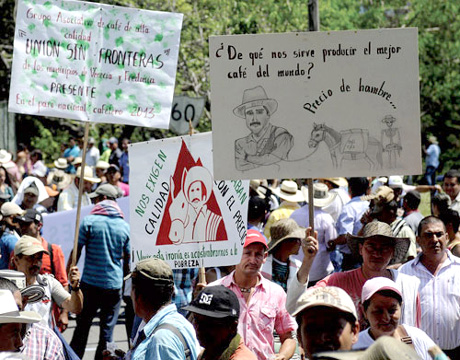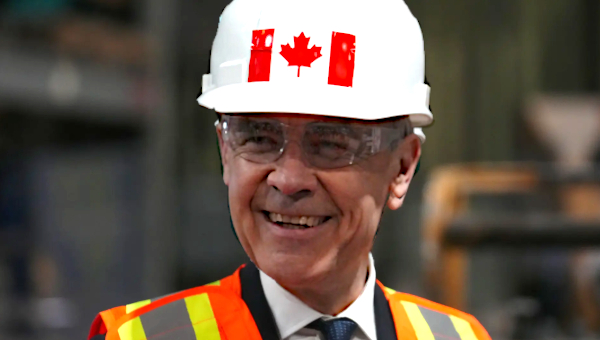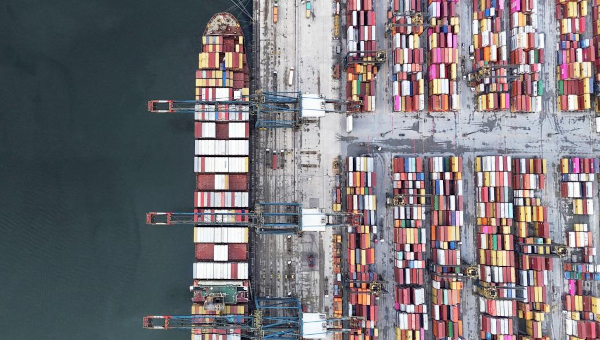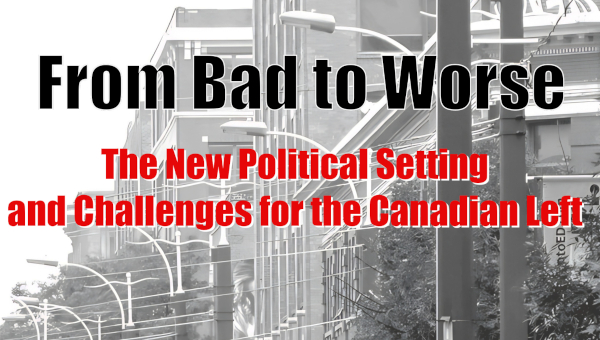A major coffee crisis is brewing in Central America. Its impact has already been felt by the poorest workers and farmers, and things could get a whole lot worse. In 2012 an outbreak of “coffee leaf rust” (a fungus that has long haunted the industry) hit Costa Rica, El Salvador, Guatemala, Honduras, and Nicaragua. The outbreak is the worst in over thirty years, affecting over 50 per cent of the total coffee growing area in the region, causing a nearly 20 per cent drop in production and costing the industry around $500-million. Over 373,000 jobs have been lost, around 17 per cent of the region’s entire coffee-growing workforce.

Those who follow the twists and turns of the coffee industry might wonder, “didn’t we just get over a major coffee crises?” At the turn of the millennium, global coffee bean prices dropped to historic lows, causing mass layoffs, hunger, and bankruptcy for tens of thousands of farmers and workers worldwide. Prior to this, from 1963 to 1989, an International Coffee Agreement had helped stabilize and increase prices by holding a certain amount of beans off the market to avoid oversupply. It collapsed in 1989 when several countries, led by the United States, withdrew their support in favour of “free trade,” leading to two decades of market instability.
In 2011, prices suddenly boomed and analysts rushed to celebrate the new “bull” market, only to have their hopes dashed with a rapid drop in prices in response to cooling demand in Europe. Today, prices are the lowest in three years and the Monthly Coffee Market Report for May 2013 by the International Coffee Organization (ICO) has raised concerns that “many producers may be selling at a price which is not remunerative compared to the cost of production.”
>Monocrop Cultivation
In Central America, global trends have been overshadowed by its own ecological crisis. Beyond a mere act of nature, a major factor in the coffee leaf rust outbreak has been the spread of full sun, monocrop cultivation since the 1970s, which covers approximately 40 per cent of the region’s coffee areas. This involves the heavy use of chemical pesticides and fertilizers and substantially reduces the biodiversity of coffee trees and natural predators to coffee pests. University of Michigan ecologist John Vandermeer has recently suggested that monocrop cultivation has led to decline of white halo fungus, which naturally restrains coffee leaf rust, and may have played a significant role in the outbreak.
Green revolution technologies favouring full sun cultivation has long been actively promoted by U.S. government agencies and powerful philanthropic organizations, like the Rockefeller Foundation and the Bill & Melinda Gates Foundation, and more or less embraced by governments and wealthy coffee farmers in Central America. And yet, it is workers and small farmers (who generally grow their beans under more sustainable shade grown conditions) that will pay the greatest price as they lack the resources to buffer themselves from the crisis. Predictions for 2013/14 are even more dire, with estimates that production could drop by 50 per cent. In the long term, the crisis could hasten the potentially devastating impacts of climate change. Higher temperatures threaten the distinctiveness of the region’s higher quality Arabica beans coveted by the specialty coffee industry. Government and industry representatives at the recent ICO meetings voiced deep concerns that the combination of coffee leaf rust and climate change could spell the total demise of the region’s higher quality, and higher priced, beans.
State Interventions?
As is so often the case in the era of “free markets,” governments have stepped forward with desperate bailouts after the crisis has already begun. Central American governments have pledged tens of millions of dollars in assistance while the ICO has initiated a campaign seeking hundreds of millions of dollars in loans and grants from international donors and the private sector to support special pesticide applications targeting rust, fund tree renovation programs to replace old trees with more rust-resistant ones, and provide farmers with loans and various food security and crop diversification programs to partially offset dropping incomes. It remains to be seen how much support will ultimately materialize. What is certain is that hundreds of thousands of workers have already lost their jobs and millions of small farmers are already confronting crises, while after-the-fact support such as this disproportionately helps wealthier farmers able to remain standing long enough to see aid actually emerge.
Consumers can provide some relief to Central American farmers by choosing to buy fair trade coffee certified by Fairtrade International (FLO), which provides a minimum guaranteed price and “social premiums” to build things like schools, roads, hospitals, and coffee facilities. Fair trade only reaches a tiny proportion of coffee farmers, however, around three per cent of the world’s total. Plus, fair trade standards, while desirable, can also be very onerous and difficult for poor farmers to meet, requiring extra work and resources, and cannot address the fundamental imbalances between rich and poor in the coffee world that make coffee crises so distressing.
Ultimately, major changes to the coffee industry are long overdue that would put more income and resources into the hands of the poorest farmers and workers through state-supported education, health, and agricultural programs, land reform, and a revival of international price regulation. Otherwise, when this coffee crisis finally subsides, we may as well gear up for the next one. •
In March 2013, Gavin Fridell was an independent observer to the International Coffee Organization meetings in London, England.
This article was originally published in the Sept/Oct 2013 issue of the Watershed Sentinel, western Canada’s environmental news magazine at www.watershedsentinel.ca.




